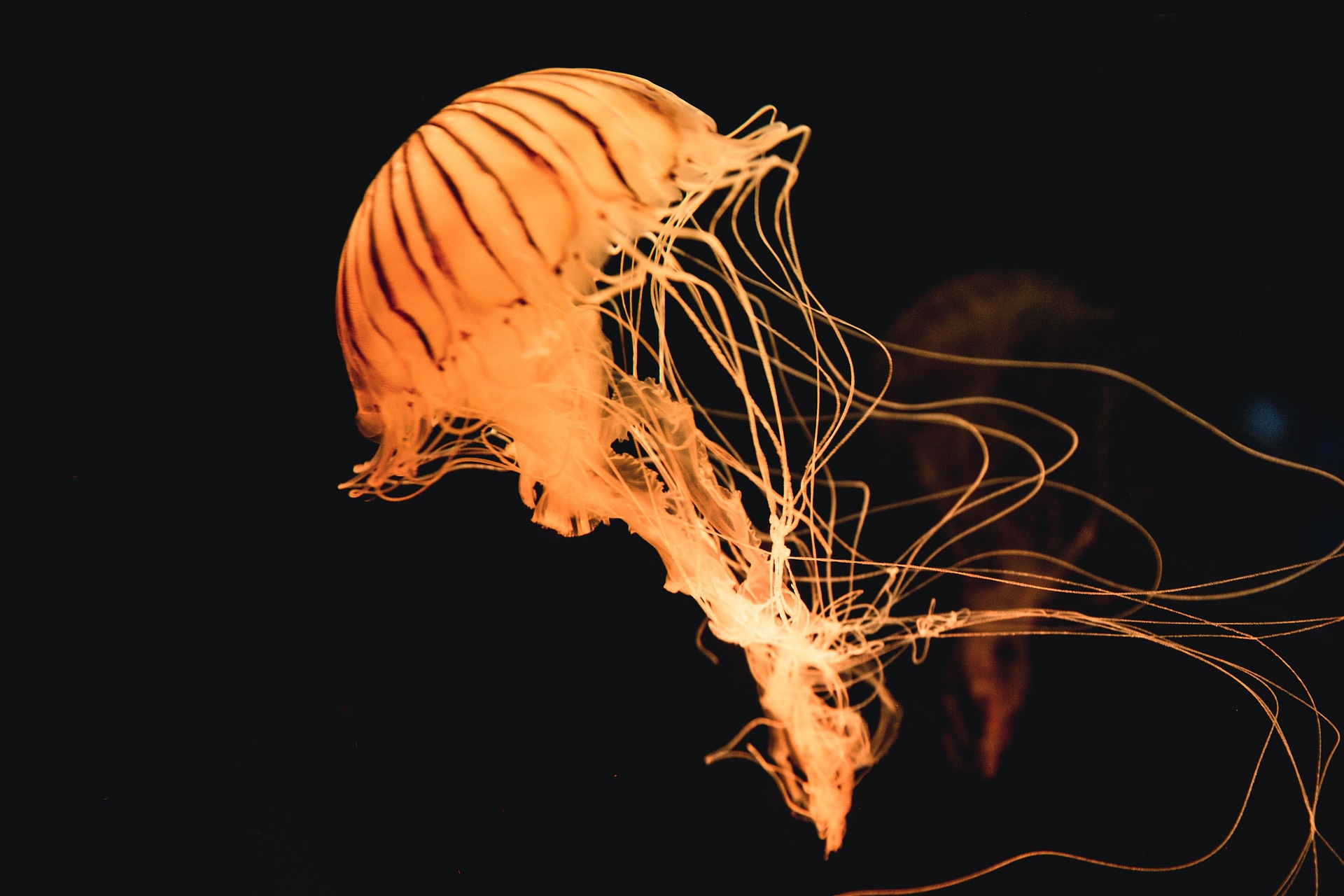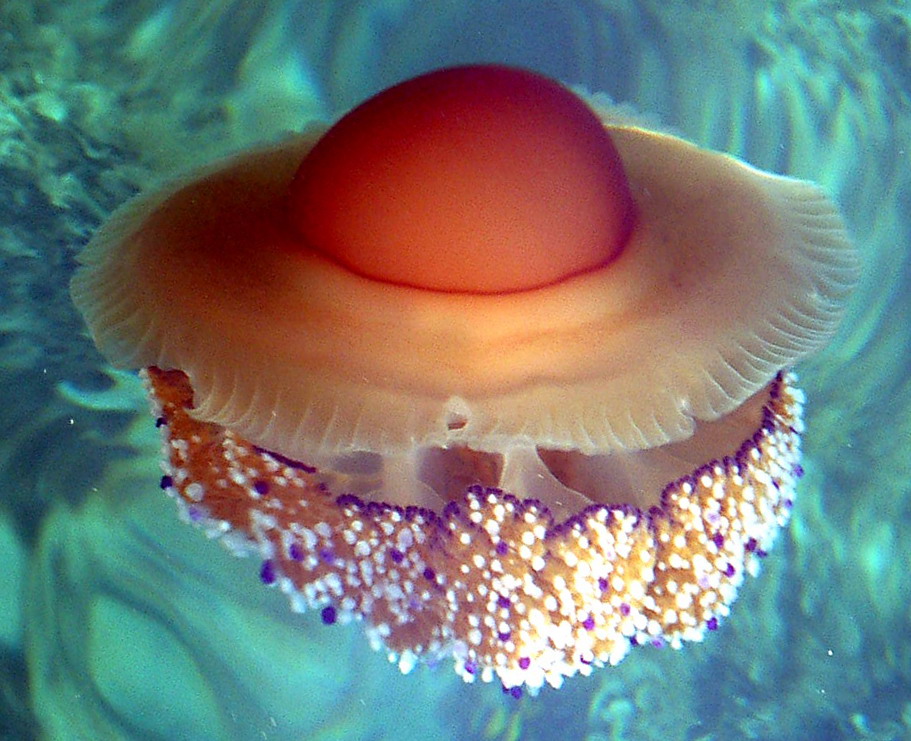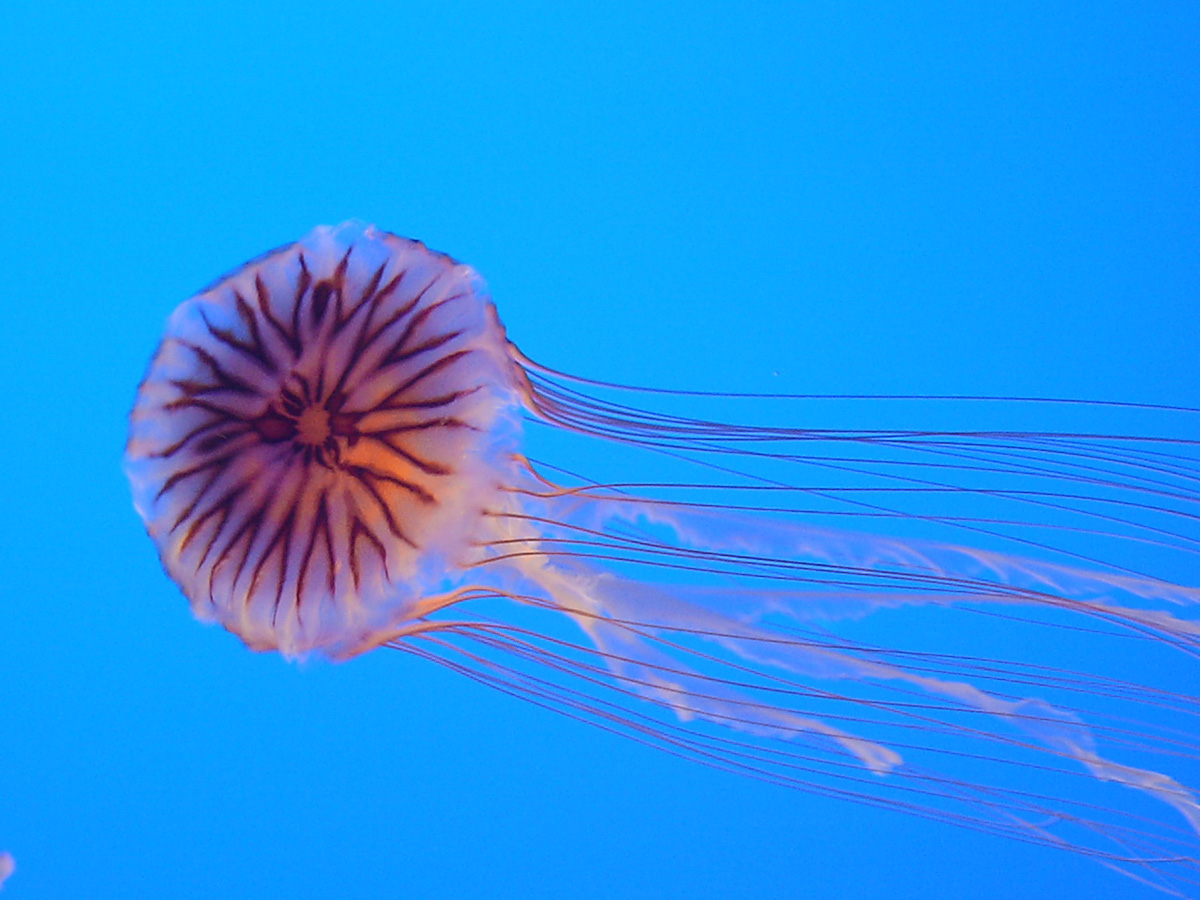
The jellyfish kingdom is filled with thousands of specimens of different species. However, just as there are some that are harmless, that you can even touch without fear of being stung or hurt, there are others that are considered the most dangerous jellyfish in the world.
More aggressive, more powerful, with greater poison, or that this is practically deadly. Today we want to talk to you about all those species of jellyfish that you can find in the sea and that, if you have the misfortune to see yourself face to face with them, we hope you have a guardian angel so that they don't bite you.
These are the most dangerous jellyfish in the animal kingdom
Before you start to get scared of going to the beach to bathe, we warn you that some of the most dangerous jellyfish do not actually reach this area, but live in very deep water and are not usually seen by bathers. But there are others that have become regulars on the beaches; And you do have to be afraid of them, especially if you are a person at risk.
[related url=»https://infoanimales.net/jellyfish/types-of-jellyfish/»]
Here are the jellyfish with which you have to be more careful for being considered the most dangerous due to their poison, aggressiveness...
Portuguese Caravel
We could say that it is one of the most dangerous jellyfish due to its venom, which is very powerful. In fact, when a jellyfish of this species stings, it can cause a shock in the person, with the risk of drowning).
In addition, it has a greater danger, and that is that they are seen more and more in the things and beaches of the east, and they are getting used to living in those areas, so it is easy for them to reach the beach and "attack".
[related url=»https://infoanimales.net/medusas/medusas-portuguesas/»]
Because they are very showy, and curious in terms of their colors, they make many children and the unsuspecting approach them. And what nobody realizes is that, although it may look like a small boat, with a gelatinous sail that measures about 15-30 centimeters, underneath it has many tentacles that it allows to move freely around it, and that can have an extension of between 10 and 30 meters. What does that mean? Well, they can brush against a person without them being able to avoid it if they don't realize it.
As for the poison, in addition to producing very intense pain, it also It affects cardiac and neurological level. Fever, breathing (or heart) problems and even fainting are some of its symptoms.
jellyfish fried egg

The fried egg jellyfish is also known as the Mediterranean jellyfish, which is why you can find it along the Mediterranean coasts. In addition, it lives in swarms, so if you see one, rest assured that there must be many more.
Its size is between 15 and 25 centimeters and its sting is not very dangerous, but rather painful.
Sea wasp
The sea wasp is not one of the jellyfish that you find easily in the Mediterranean, but we cannot say that it has never been sighted either. In fact, a few years ago there was an invasion of them on the Mediterranean coast, and that means that they may reappear.
In addition to being one of the most dangerous jellyfish in the world, it is also one of the most painful, since with its tentacles it can sting and leave the area inflamed and red for a long time. As it is equipped with many tentacles, it can sting several times (each of them has toxins), which would cause cardiovascular collapse. To give you an idea, with all the poison it has in its 15 tentacles, it would be capable of killing 60 adults in a matter of minutes.
[related url=»https://infoanimales.net/jellyfish/jellyfish-sting/»]
Currently, they live in Australia, which is where they are best known.
Most dangerous jellyfish: Aguaviva
It is also known as Rhizostoma octopus, and inhabits both the Mediterranean and the Atlantic. Although it is not "too dangerous", it would fall within the jellyfish with which to be careful because its contact can pose a risk. important dermatological picture, especially if you have sensitive skin or are a risk group.
In addition, it is the type that usually reaches the coast, or even fragments of them, and end up touching one without realizing it because it almost seems like a plastic bag.
Most dangerous jellyfish: Chrysaora hysoscella

Here you have another of the most common jellyfish in the Mediterranean Sea, as well as the Atlantic Ocean. They can often swarm, and be even more dangerous than they are.
It is not fatal, but its sting is so painful that it can make you have a shock. In addition, the area where it itches begins to swell and create quite large and deep welts, which disappear after a long time, leaving the area very sensitive.
irukandji jellyfish
Despite the fact that we are talking about a jellyfish that is small in terms of its size, the truth is that the venom is one of the most toxic in the world. In fact, it is considered the most poisonous animal in the world, and you can find it in Australia, where it is from. However, they have been sighted in other areas, such as the British Isles.
Unlike other jellyfish, this one is capable of stinging, not only with its tentacles, but also with the bell of its body. At the moment it stings, what it does is that your blood pressure rises very quickly, causing cerebral hemorrhage, paralysis, headache, nausea and yes, you could experience even imminent death. In fact, it is sometimes capable of infecting the part of the body it has touched and necrosing it.
sea nettle jellyfish
Although it is not common in the Mediterranean, it is in North America. They are capable of forming colonies in summer and have been known to be quite a danger if you happen to run into them. In addition, they can reach 30 centimeters in length and have tentacles of more than 2 meters.
As for the bite, it is one of the most "mild" within its threat, since in general it does not require immediate medical assistance (but it should not be left without doing anything either).
As its name indicates, it is compared to when you touch nettles with your hands, or another part of your body, and they produce itching, rashes, and redness. But unless you are allergic, it should not cause any more problems. And yet, it is one of the most dangerous jellyfish in the animal kingdom.
